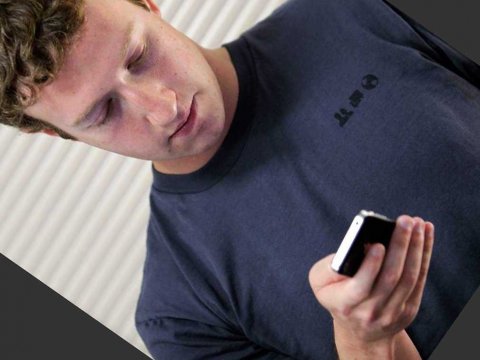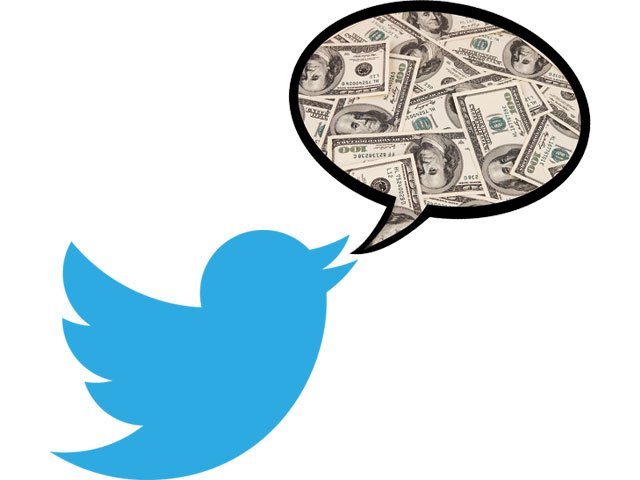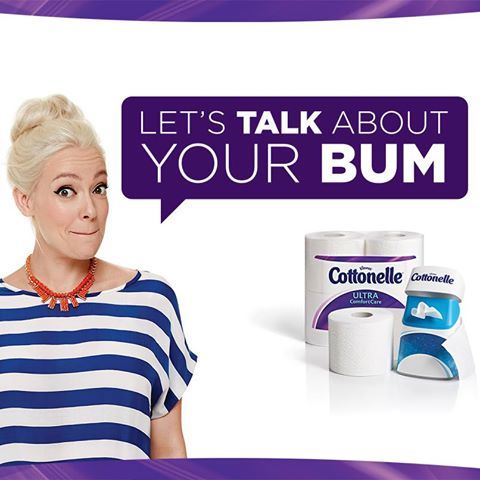Good Thing I’ve Got Twitter
November 20th, 2013 The number of times I’ve said that line (at least in my head). I don’t need to go on and on about how prevalent Twitter is becoming as a means of conveying news or as a means of facilitating public interactions between notable parties. Just this year an official format for citing tweets in academic papers was created, much to the chagrin of student the world over. Twitter has reached a level of legitimacy that justifies its multi-billion dollar IPO and also cements the “social media is here to stay” slogan into the realm of truths rather than fads. Twitter’s ability to connect users who otherwise would’ve never associated or heard of each other is uncanny and it’s all by design.
The number of times I’ve said that line (at least in my head). I don’t need to go on and on about how prevalent Twitter is becoming as a means of conveying news or as a means of facilitating public interactions between notable parties. Just this year an official format for citing tweets in academic papers was created, much to the chagrin of student the world over. Twitter has reached a level of legitimacy that justifies its multi-billion dollar IPO and also cements the “social media is here to stay” slogan into the realm of truths rather than fads. Twitter’s ability to connect users who otherwise would’ve never associated or heard of each other is uncanny and it’s all by design.
What I find the most endearing about the service is the way it connects me to things I’m interested in. This sounds like the most basic, malaise statement you could make about a service as expansive as Twitter but it is at it’s core fundamentally true, which I believe, lends it some degree of universality among fans of Twitter. I love the Toronto Maple Leafs and every game there is a constant Twitter feed updating me with goals and highlights despite the fact I am sometimes miles from a screen. The Leafs feed opens up a forum for dialogue among fans, it connects you to the team, and keeps you up to date on all goings on for the boys in blue and white. Now I’m aware the Leafs’ fan-base needs no coxing to be vocal but through Twitter it’s impossible not to feel more in tune with your team than ever before. At the end of the day teams are brands the way people can be brands the way brands are brands and everyone has a chance participate in the conversation and eve help shape the content provided. Dialogue is in for the 21st century.








